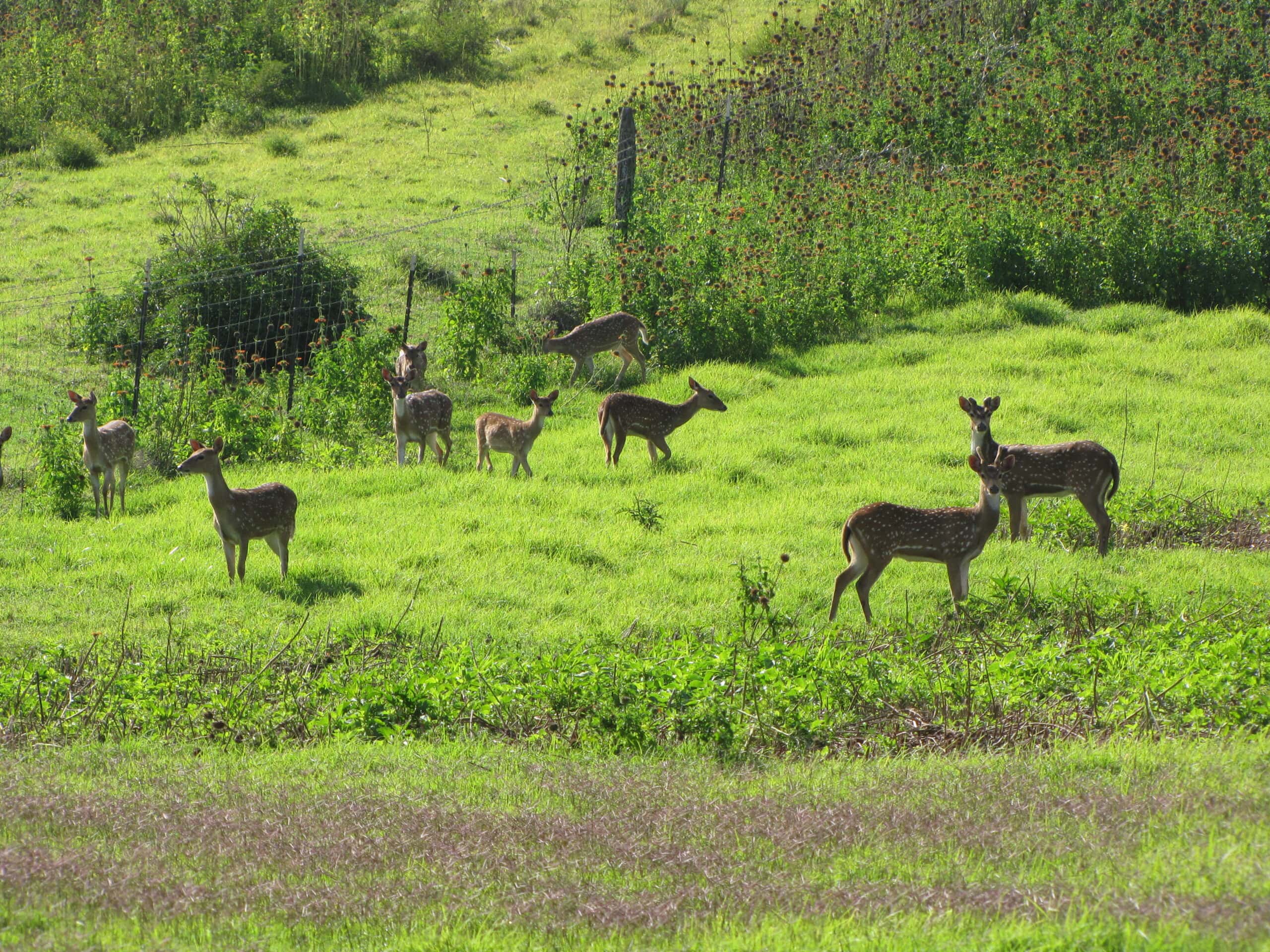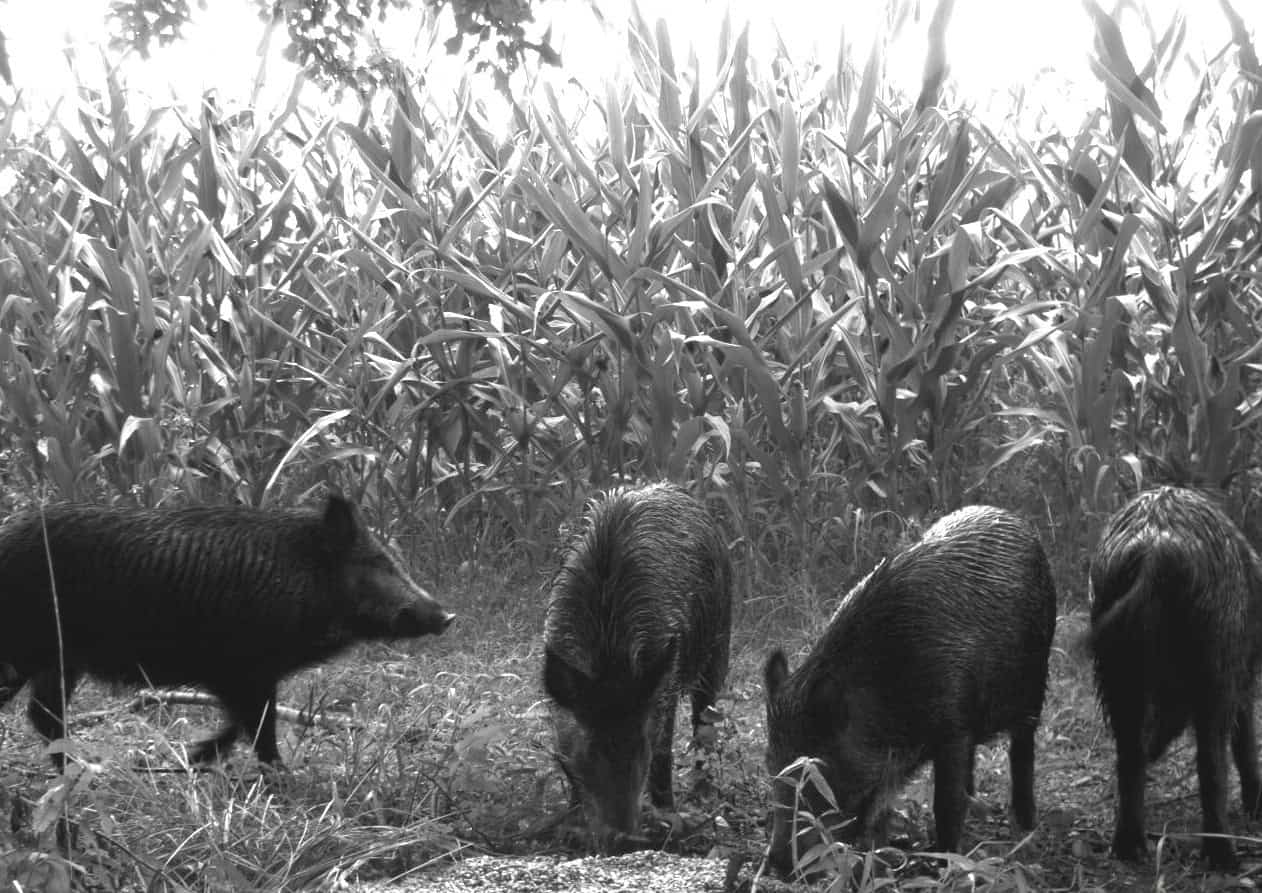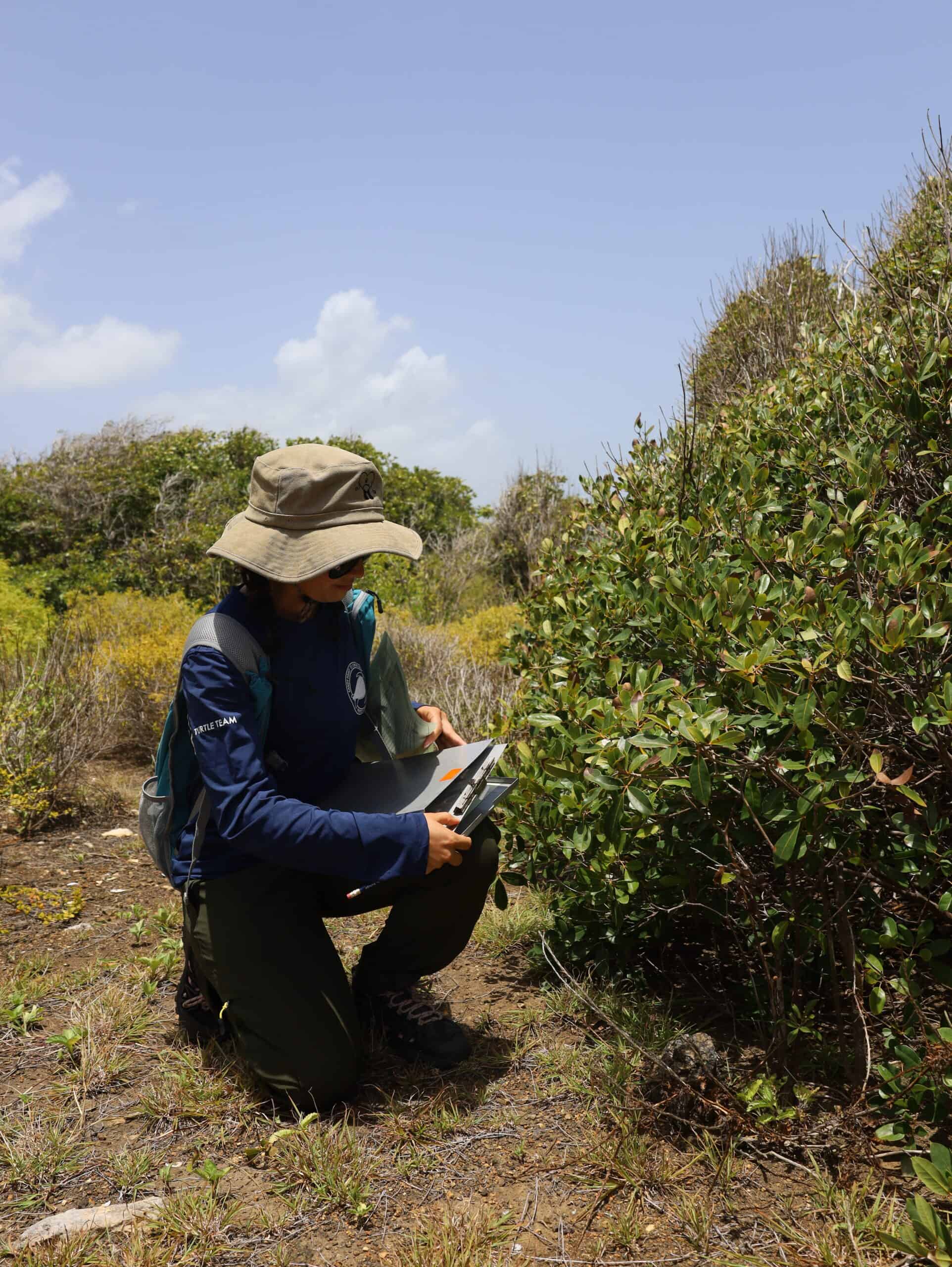Share this article
Wildlife Featured in this article
- Axis deer
Controlling invasive deer on Hawaiian home lands
Introduced for hunting, axis deer populations are exploding
Wildlife managers are attempting to get a hold on invasive Indian deer on Maui by expanding hunting on lands reserved for building homes for those of Hawaiian ancestry.
“There are too many deer,” said Scott Fretz, a biologist with the Hawaii Division of Forestry and Wildlife.
The axis deer (Axis axis), also known as the chital or spotted deer, is native to India and its neighbors to the northeast. In 1959, nine individuals were introduced for hunting on Maui, which has no native ungulates. Those nine deer led to a population explosion. “You have this classic situation where there are no natural predators, and the population is able to expand nearly exponentially,” Fretz said.
Like many invasive species, these deer are difficult to manage. Overbrowsing of native vegetation has led to soil erosion. The resulting runoff can even alter the chemical composition of ocean water near the shore, damaging corals.
Drought has exacerbated the impacts on native vegetation, yet the deer don’t seem to be affected much by it.
Gov. Josh Green has issued a number of state emergency proclamations, which help farmers obtain loans to control the deer on their land during drought conditions.
More recently, the Hawaii Department of Land and Natural Resources has partnered with the Department of Hawaiian Home Lands—an agency tasked with creating housing on public land for those of Hawaiian ancestry—to open up harvests in those areas. The partnership will allow people to legally hunt on these lands, which were previously off limits for harvesting.
“This partnership allows the department to be a part of the solution to control the axis deer population on Maui,” said Hawaiian Homes Commission Chairperson Kali Watson, in a press release. “Our beneficiaries have seen firsthand the impacts these deer have had on their communities, and this is an opportunity to get ahead of any irreversible damage.”
The move is also symbolic, because the deer first arrive in Maui on the Waiohuli/Keokea home lands. “It is ground zero,” Fretz said. “This is where the deer were introduced in 1959.”
This is just part of the overall strategy the state is developing to better control the deer on Maui, Fretz said.
Hawaii’s deer problems don’t end on Maui, however. In recent years, the deer were illegally introduced from there to the Big Island. After the first sighting in 2011, a task force made up of landowners, federal and state agencies and nonprofit organizations formed to try to deal with the problem.
Header Image: First introduced for hunting, Axis deer in Hawaii have become difficult to control. Credit: Forest and Kim Starr








